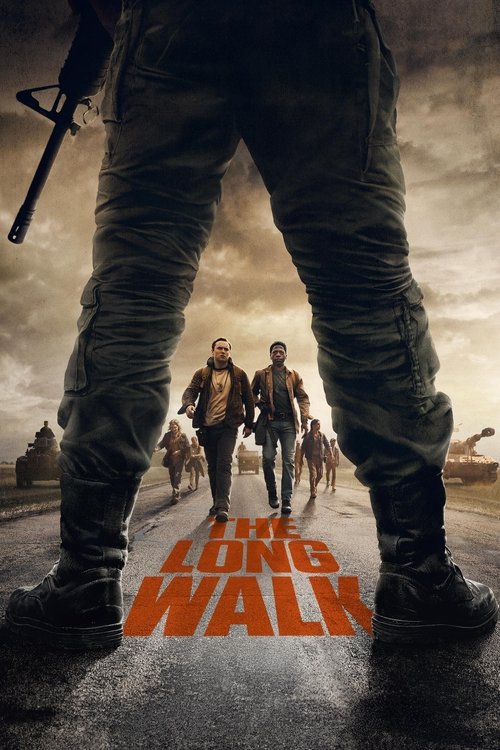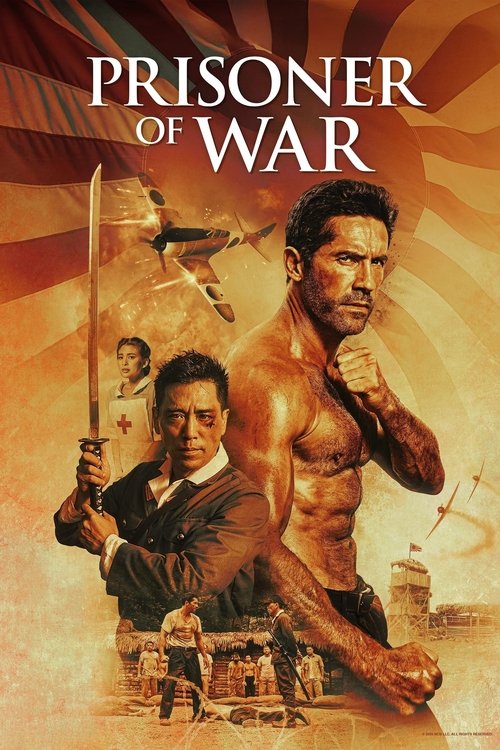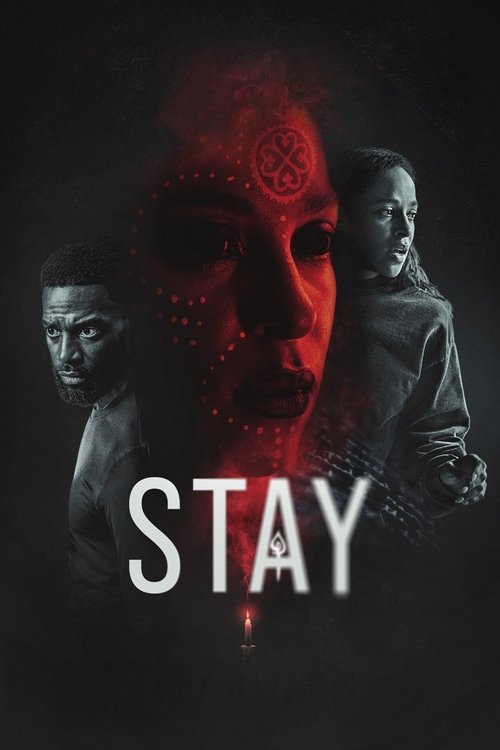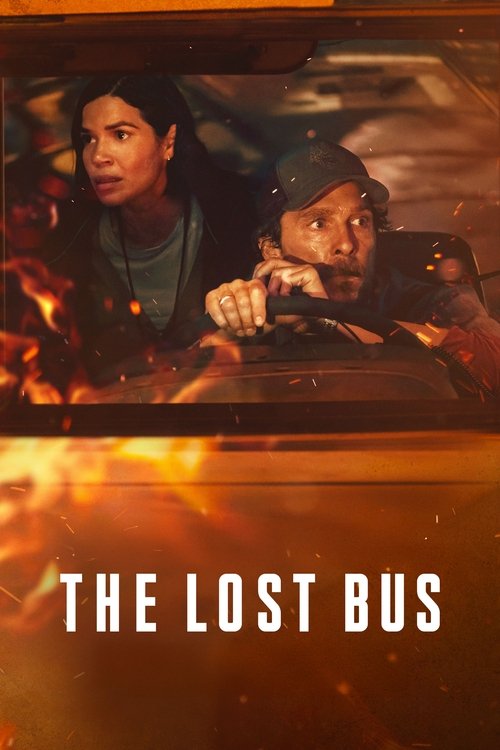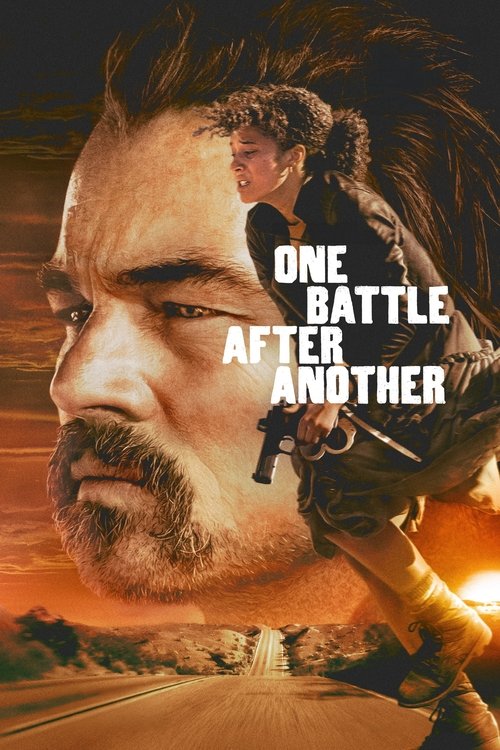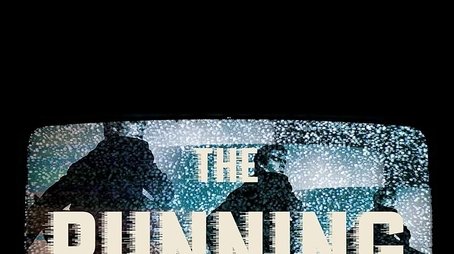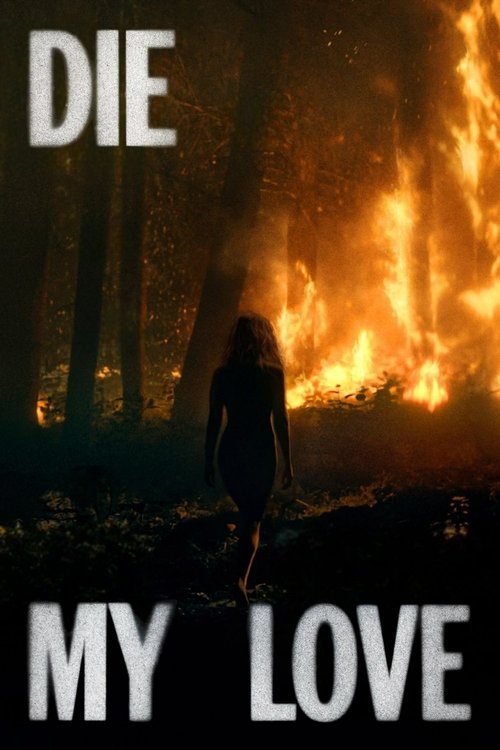
Ask Your Own Question
What is the plot?
In a bleak dystopian America governed by a ruthless totalitarian regime, an annual event known as "The Long Walk" serves as a brutal spectacle and a tool of social control. Fifty teenage boys, called "Walkers," are selected by lottery to participate in this grueling contest. The rules are merciless: each contestant must maintain a minimum walking speed of three miles per hour (5 kilometers per hour) without pause. Falling below this pace results in a warning; after three warnings, the contestant is executed on the spot by armed soldiers who accompany the walkers. However, a walker can erase one warning by walking for an hour without receiving another. The contest continues until only one participant remains alive, who is then awarded a grand cash prize and a single wish, granting them anything they desire.
Raymond "Ray" Garraty, a teenager from a small town, wins the lottery to enter the contest. Upon arrival at the starting point, he meets the other 49 walkers, including notable participants such as Peter McVries, Stebbins, Arthur Baker, Collie Parker, Gary Barkovitch, and Hank Olson. The Major, the authoritarian figure overseeing the event, addresses the group, framing the walk as a patriotic exercise designed to inspire productivity and unity in the country, much like previous iterations of the contest.
As the walk begins, Garraty quickly bonds with several of the other boys, especially McVries, forming a close-knit group that supports one another through the ordeal. Early on, the harsh reality of the contest becomes apparent when Curley, a walker who suffers a leg cramp and slows down, is the first to be executed after failing to maintain the required pace. Tensions rise when Barkovitch deliberately provokes another contestant, Rank, into attacking him, leading to Rank's execution. The other walkers ostracize Barkovitch, with McVries openly condemning him as a killer.
Throughout the walk, Garraty reveals to McVries his personal motivation: the Major had executed his father in front of him and his mother for teaching forbidden ideas and refusing to pledge allegiance to the regime. Garraty harbors a deep desire for revenge and plans to win the contest, use his wish to obtain a carbine rifle, and assassinate the Major. McVries, however, counsels him against this path, sharing his own tragic backstory of lifelong hardship and abuse by his adoptive uncle. McVries explains that he has been metaphorically "walking" all his life and, when exhausted, intends to simply stop and accept his fate.
As the days pass, the walkers face increasing physical and psychological strain. Several participants are executed for various reasons: some become too injured to continue, others attempt to escape, and some falter due to fatigue or insomnia. Olson, the only married contestant, descends into delirium and attacks the soldiers, who shoot him and leave him to bleed out painfully as a warning to the others. The next morning, the group mourns Olson, agreeing that the eventual winner should send money to his widow.
Barkovitch, wracked with guilt over Rank's death and his own isolation, pleads with Garraty to accept him into their group. Garraty agrees, but Barkovitch soon commits suicide, unable to endure the torment. The remaining walkers--Garraty, McVries, Stebbins, Baker, and Parker--continue onward. Stebbins, suffering from a severe illness, urges the others to abandon their camaraderie, arguing that with so few left, cooperation is futile.
During a passage through a town, Garraty spots his mother among the spectators. Overcome with emotion, he nearly slows down to reach her, risking execution, but McVries pulls him back to keep walking. The tension escalates when Parker steals a guard's rifle and shoots one of the soldiers. The guards respond by shooting Parker, but before succumbing to his wounds, Parker uses the rifle to take his own life.
Baker develops internal bleeding and decides to stop walking, leading to his execution. Stebbins' condition deteriorates further, and he confesses to Garraty and McVries that he is one of the Major's illegitimate children. His wish, should he win, was to be accepted into the Major's household. Realizing he cannot continue, Stebbins bids farewell and stops walking, resulting in his death.
The contest narrows to its final two participants: Garraty and McVries. A massive crowd gathers to witness the conclusion. As they enter a town, McVries deliberately sits down, signaling his intention to forfeit and allow Garraty to win. Garraty, however, lifts McVries and encourages him to keep moving. McVries resumes walking, unaware that Garraty has ceased moving himself, choosing to sacrifice his life to save his friend. The Major orders Garraty's execution, and Garraty is shot dead.
McVries is declared the winner. When asked to make his wish, he requests a guard's carbine rifle. Upon receiving it, McVries immediately shoots the Major, killing him. Defying the regime, McVries then continues walking down the road alone, symbolizing both his survival and rebellion against the oppressive system.
This harrowing journey through "The Long Walk" reveals the brutal mechanisms of control wielded by the totalitarian government and the resilience of human bonds forged under extreme duress. The film closes on McVries' solitary figure walking into an uncertain future, carrying the weight of his fallen comrades and the hope of defiance.
What is the ending?
At the end of The Long Walk (2025), only one walker remains alive after the grueling contest where participants must maintain a minimum walking speed or face execution. The final scenes show the last surviving contestant, Raymond Garraty (#47), continuing the walk alone, having outlasted all others, including key competitors like Peter McVries (#23) and Gary Barkovitch (#5). The film closes on Garraty's solitary figure, emphasizing the brutal nature of the contest and the totalitarian regime behind it.
Now, narrating the ending scene by scene in detail:
The final phase of the Long Walk begins with the remaining walkers visibly exhausted and strained. Raymond Garraty (#47) is among the last handful still moving steadily. The Major, the authoritarian figure overseeing the event, watches coldly from a distance, his presence a constant reminder of the deadly stakes.
As the walk progresses, one by one, the other walkers falter. Gary Barkovitch (#5), who had been a strong competitor, slows down and receives his final warning. Unable to maintain the required pace, he is executed on the spot by the soldiers enforcing the rules. His death is swift but chilling, underscoring the merciless enforcement of the contest's rules.
Peter McVries (#23), another key participant, struggles with his physical limits and the psychological toll. Despite moments of determination, he too fails to keep up the pace and is shot after his third warning. His fall leaves Garraty increasingly isolated.
Stebbins (#38) and Collie Parker (#48), other notable walkers, meet similar fates earlier in the sequence, each succumbing to exhaustion or injury and being executed when they cannot maintain the speed.
In the penultimate scene, Garraty is alone on the road, his body battered but his will unbroken. The camera lingers on his face, showing a mix of pain, determination, and a haunting emptiness. The Major's voice echoes over the loudspeakers, announcing that Garraty is the last walker standing and thus the winner of the Long Walk.
The film closes with Garraty continuing to walk forward into the horizon, the desolate landscape stretching endlessly before him. The final shot is a wide frame of Garraty's solitary figure, emphasizing the loneliness and the cost of survival in this dystopian contest.
Regarding the fates of the main characters at the end:
- Raymond Garraty (#47): The sole survivor who wins the Long Walk, continuing forward alone.
- Peter McVries (#23): Executed after failing to maintain the pace.
- Gary Barkovitch (#5): Executed after his final warning.
- Stebbins (#38) and Collie Parker (#48): Executed earlier in the contest.
- Other walkers like Arthur Baker (#6), Thomas Curley (#7), and Richard Harkness (#49) also perish during the walk.
The Major remains overseeing the event, embodying the oppressive regime's control. Garraty's parents, Mrs. and Mr. Garraty, appear in earlier scenes but do not participate in the ending.
This detailed sequence of events highlights the relentless physical and psychological demands placed on the contestants and the stark consequences of failure in the Long Walk. The ending scene's focus on Garraty's solitary figure walking forward encapsulates the film's portrayal of endurance, survival, and the grim reality of the dystopian society it depicts.
Who dies?
Yes, several characters die in the 2025 film The Long Walk, and their deaths are central to the story's grim premise.
-
The contest involves young men walking continuously at a minimum speed of three miles per hour. If they slow down, step off the pavement, or break other rules, they receive warnings ("tickets"). Upon receiving a third warning, they are executed by soldiers.
-
The first death occurs early when a boy receives his third warning and is shot dead, establishing the deadly seriousness of the contest.
-
Hank Olson (#46) dies in a particularly brutal way. He attacks the soldiers' halftrack vehicle and is shot multiple times in the belly. Despite his intestines spilling out, he continues to walk until he finally collapses and is shot again for good measure before being carried away. This drawn-out death is meant as a warning to other walkers not to confront the soldiers directly.
-
Another walker suffers a horrific death when his feet are run over and obliterated by the halftrack. Despite his screams and inability to continue, the soldiers still issue warnings before shooting him.
-
Stebbins (#38), a major competitor who reveals he is the major's illegitimate son, collapses near the end of the walk. After he falls silent, the soldiers hesitate but then shoot him following the rules for a third warning.
-
The protagonist, Raymond Garraty (#47), is the last walker standing. After Stebbins dies, Garraty continues walking despite his body screaming in agony. When the major steps forward to congratulate him, Garraty does not stop but walks past him, seemingly mad and purposeless, continuing toward an endless horizon.
In summary, many characters die by execution after receiving three warnings for rule violations or physical collapse. Some deaths are quick, while others, like Olson's, are deliberately prolonged to serve as warnings. The film portrays these deaths with emotional weight, emphasizing the desperation and horror of the contest.
Is there a post-credit scene?
The movie The Long Walk (2025) does have a post-credits scene. After the main story concludes, there is a substantial mid-credits scene that features a large time jump, showing where the surviving characters ended up. Additionally, there is a brief end-credits scene following that, which includes a small easter egg after the credits are fully done.
No detailed description of the exact content of these scenes is provided in the search results, but the mid-credits scene focuses on the fate of the survivors, while the post-credits scene is a brief easter egg related to the story.
What is the significance of Raymond Garraty's character in the contest?
Raymond Garraty, played by Cooper Hoffman, is the main protagonist and a contestant (#47) in the brutal walking contest where participants must maintain a minimum speed or face execution. His journey and interactions with other walkers form the core of the story's plot.
How does the character of the Major, played by Mark Hamill, influence the contest?
The Major, portrayed by Mark Hamill, is a menacing military figure overseeing the contest. His presence adds a threatening and authoritarian dimension to the event, embodying the totalitarian regime's control over the walkers.
What are the dynamics between the walkers, specifically between Raymond Garraty and Peter McVries?
Peter McVries (#23), played by David Jonsson, is one of the key walkers alongside Raymond Garraty. Their interactions and relationships with other contestants, including alliances and rivalries, are central to the unfolding tension and drama during the contest.
What role do warnings and speed requirements play in the progression of the contest?
Walkers must maintain a minimum walking speed of three miles per hour (some sources mention four miles per hour) and receive warnings if they fall below this threshold. Accumulating three warnings within an hour results in execution, which drives the suspense and stakes for each character.
How are family members of the contestants portrayed, particularly Mrs. and Mr. Garraty?
Mrs. Garraty (Judy Greer) and Mr. Garraty (Josh Hamilton) are depicted as the family of Raymond Garraty. Their presence provides a personal and emotional backdrop to Raymond's participation in the contest, highlighting the human cost and impact of the dystopian event.
Is this family friendly?
The 2025 movie The Long Walk is rated R and is not family friendly. It contains strong bloody violence, grisly images, suicide, pervasive language, and sexual references that may be upsetting for children or sensitive viewers. The film involves a dystopian contest where teenage boys must keep walking at a certain speed or face being shot, which implies intense and potentially disturbing scenes involving death and violence.
Potentially objectionable or upsetting aspects include:
- Graphic and strong bloody violence
- Grisly and intense imagery
- Depictions or references to suicide
- Frequent strong language
- Sexual references
Because of these elements, the film is intended for mature audiences and is not suitable for children or those sensitive to violence and disturbing content.
how far do they have to walk?
In the 2025 movie The Long Walk, the participants must maintain a walking speed of at least three miles per hour continuously, or they risk being shot. The contest continues until only one walker remains alive, but the exact total distance they have to walk is not explicitly stated in the film's premise. The key rule is to keep moving without falling below the speed threshold, rather than reaching a fixed distance.
The story is based on Stephen King's 1979 novel, where the challenge is endurance and survival rather than a set mileage. The film depicts fifty teenage boys competing in this brutal walking contest under a totalitarian regime.
Regarding the production, the actors reportedly walked around 300 miles during filming to maintain continuity and realism, but this reflects the filming process rather than the contest's in-story distance.
In summary, the walkers must keep walking at a minimum speed of three miles per hour until only one remains, but the total distance is not defined as a fixed number in the movie.
Who got second place in the book?
In the book "The Long Walk" by Stephen King, the character who gets second place is Stebbins. He is the last competitor remaining besides the winner, Garraty, but he dies just before the end, leaving Garraty as the unchallenged winner.
i wanna know about everyones death
In the 2025 film The Long Walk, the deaths occur as part of a brutal dystopian contest where 100 teenage boys must maintain a walking speed of at least three miles per hour (some sources say four miles per hour) or face execution. The rules are strict: if a contestant slows down or stops, they receive warnings, and after three warnings within an hour, they are shot dead by the military escort overseeing the event. The contest continues until only one walker remains alive.
The film follows the progression of this deadly walking contest, showing the gradual elimination of participants through execution when they fail to keep pace or break the rules. Each death is a direct consequence of the contestant's inability to maintain the required speed or physical endurance, emphasizing the grim and relentless nature of the competition.
Specific details about each character's death are not fully detailed in the available sources, but the deaths are portrayed as violent and inevitable, with the military escort ready to shoot stragglers or dissidents immediately. The film invests heavily in the emotional and psychological toll on the participants as they face this dark fate, highlighting their internal struggles and the brutal reality of the contest.
Key characters include Raymond Garraty (#47), Peter McVries (#23), Stebbins (#38), Arthur Baker (#6), Gary Barkovitch (#5), and others, all of whom face the threat of death as the walk progresses. The Major, played by Mark Hamill, oversees the event, symbolizing the totalitarian regime's control and the merciless enforcement of the rules.
In summary, deaths in The Long Walk (2025) occur when contestants fail to maintain the required walking speed, receiving three warnings and then being executed by the military escort. The film portrays these deaths as part of a harrowing survival contest under a dystopian regime, focusing on the psychological and physical endurance of the young men involved.
do animals die
In the 2025 film The Long Walk, there is no specific mention or indication that animals die during the story. The plot centers on a dystopian walking contest involving young men who must maintain a minimum speed or face execution, with the focus entirely on the human participants and their struggle for survival.
The available information and detailed plot summaries emphasize the brutal human competition, camaraderie, and psychological tension without referencing any animal deaths or harm. Additionally, community-trigger-based sources that track animal deaths in films do not report any animal deaths in this movie.
Therefore, based on current detailed sources, no animals die in the 2025 film The Long Walk.
How does the movie ending differ from the ending in the book?
The movie ending of The Long Walk (2025) differs significantly from Stephen King's original book ending in its narrative resolution and character fates. In the book, the story ends bleakly and ambiguously with Ray Garraty as the sole survivor, continuing to walk after the others have died or given up, haunted and psychologically shattered, with no clear victory or revenge fulfilled. Garraty pursues a dark figure in the distance, symbolizing his broken psyche and the endless torment of the walk.
In contrast, the movie provides a more definitive and darker yet somewhat hopeful conclusion. The final three walkers are Ray Garraty, Peter McVries, and Stebbins. Stebbins, revealed as the Major's illegitimate son, collapses and dies from illness (likely pneumonia), which differs from the book where he remains a formidable competitor. Ray plans to win the walk to get a wish and use it to kill the Major, who is the oppressive military dictator responsible for his father's death--a motivation not present in the book.
As the walk narrows to Ray and Peter, Peter tries to sacrifice himself so Ray can win, but Ray convinces him to keep going a bit longer. Eventually, Ray stops and is shot by the Major, dying before Peter. Peter is declared the winner and uses his wish to take a rifle and kill the Major, fulfilling Ray's original plan for revenge. After killing the Major, Peter continues walking down the road, symbolizing a continuation of resistance or hope.
Key differences summarized:
| Aspect | Book Ending | Movie Ending | |-------------------------|---------------------------------------------|-----------------------------------------------| | Final survivors | Ray Garraty alone | Peter McVries wins; Ray dies before him | | Stebbins' fate | Remains a strong competitor | Dies from illness early | | Ray's motivation | Unclear, no explicit revenge motive | Revenge against the Major for his father's death | | Ending tone | Bleak, ambiguous, psychological torment | Dark but with a clear act of rebellion and hope | | Major's fate | Not killed | Killed by Peter with Ray's wish | | Ray's fate | Survives but mentally broken, keeps walking | Shot and killed by the Major | | Peter's role | Sacrifices himself for Ray | Wins, kills Major, and keeps walking |
Thus, the movie shifts the story from a hopeless, cyclical nightmare to a narrative with a concrete act of defiance and a more emotionally resolved ending centered on friendship, sacrifice, and revenge.

